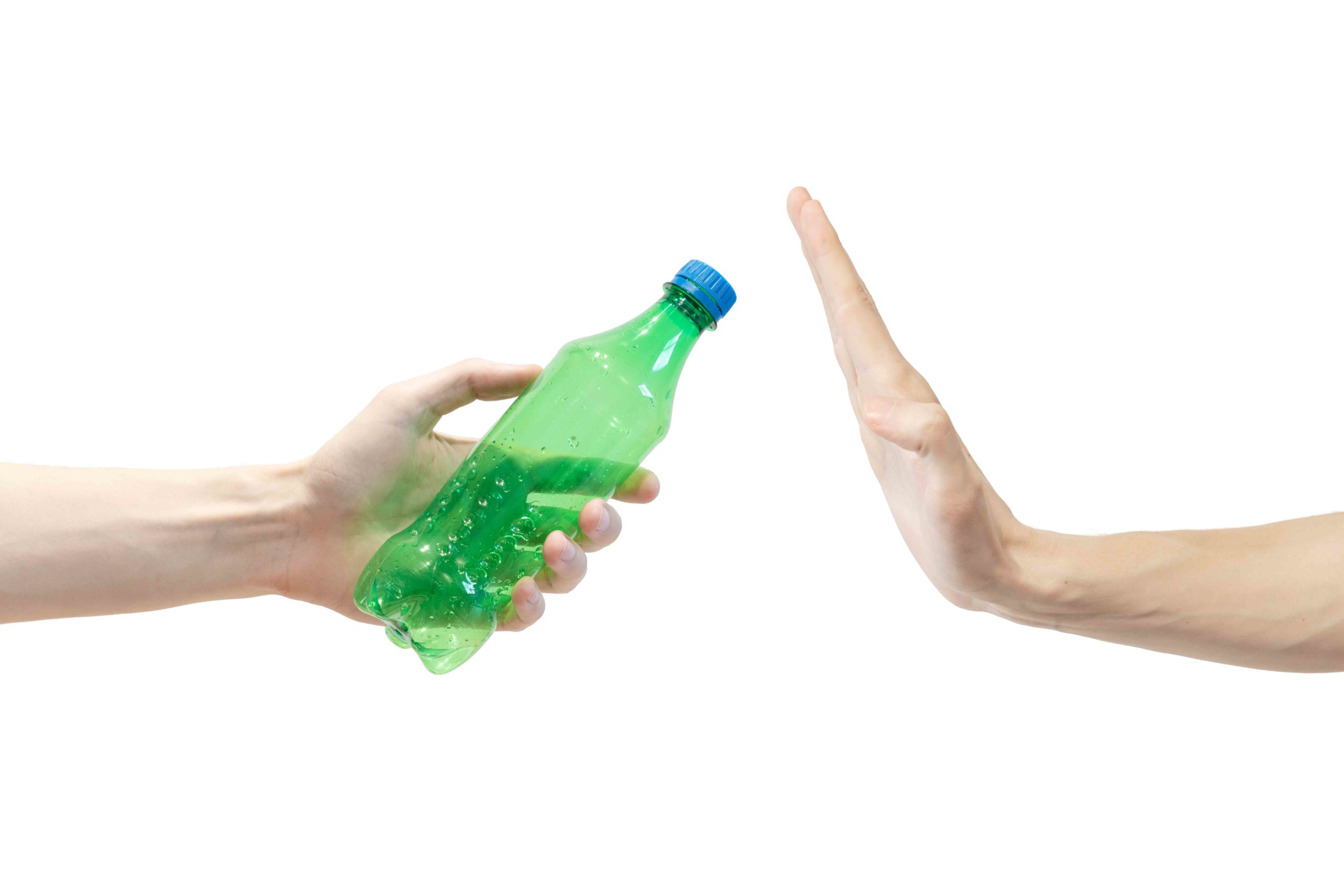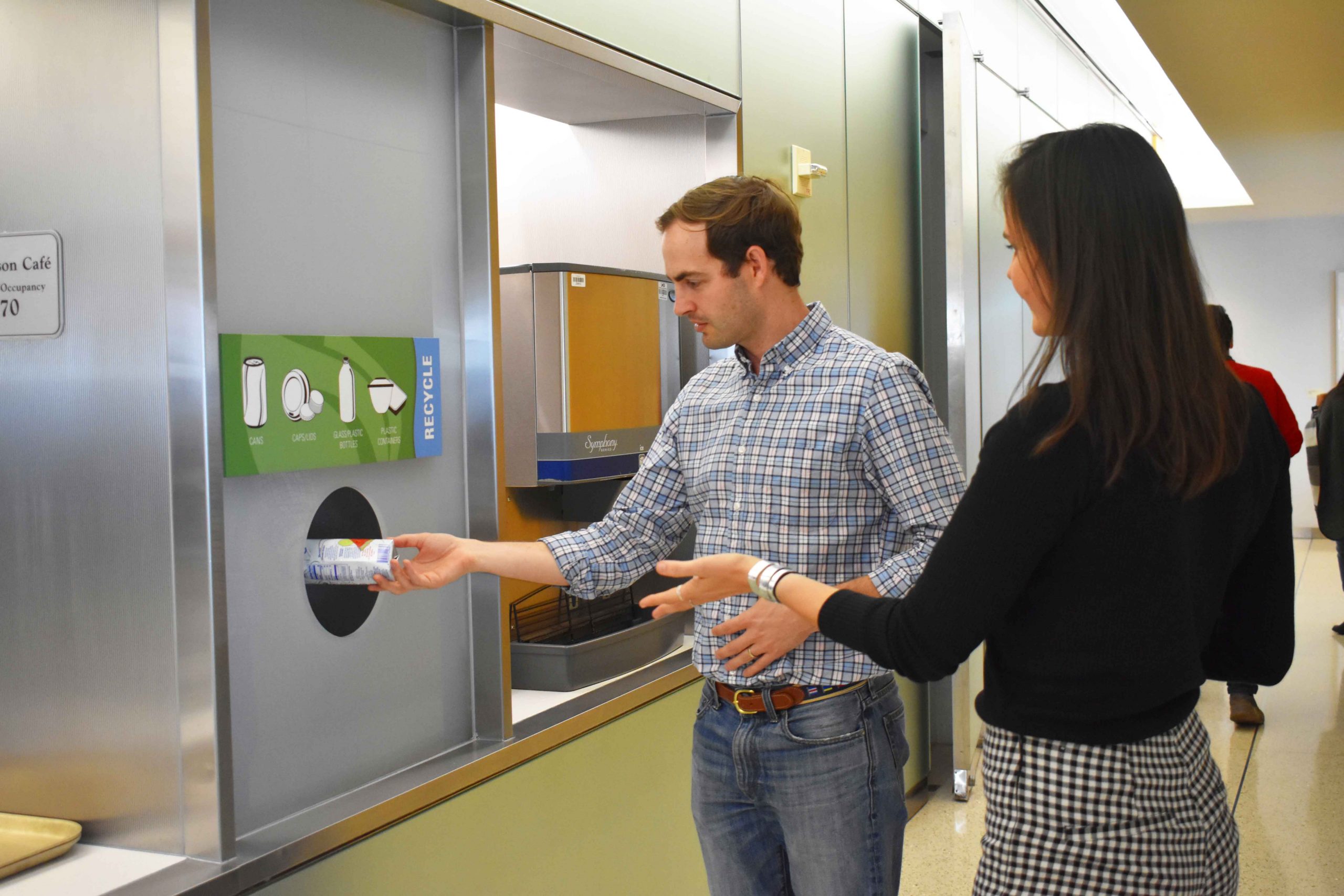What’s Happening in Recycling & Reuse Today
A brief look at the current state of recycling, reuse, and diversion.
The recycling industry is a crucial part of our lives – to make sure we take better care of our planet. Each year, millions of tons of recyclable materials are collected and moved across the world, with nearly 2,000 recycling facilities7 and tens of thousands of individuals working together to help make sure waste is properly recycled. Recycling primarily sees strong demand from industrial markets, construction activity, and steady demand from the residential household. Over the last five years, each of the three primary drivers has seen significant growth as the US economy and populations steadily grew. Additionally, evolving government legislation and public awareness have pushed for greater demand of recycling services and other forms of waste stream diversion – with overall waste recycling percentages hitting record highs in 2018.

Power of the People
General awareness about humanity’s impact on the earth and the growing concern around climate change has increased rapidly over the last decade – now making it a hot topic across the globe. Facebook, Twitter, Instagram, academic research, and news outlets have helped extend the reach of sustainability, and the message that we as humans need to change our ways. The rise of “sustainable influencers” like Greta Thunberg, Stella McCartney, and Mark Ruffalo have elevated the conversation to new levels. Global events like the Climate Strike, the Economist’s Sustainability Summit, and the Business Roundtable, shine light on businesses’ role in the climate conversation. Elected officials are seeing the impact too, as online petitions and social media channels become an integral part of expression for many constituents.
General awareness about humanity’s impact on the earth and the growing concern around climate change has increased rapidly.

WASHINGTON, DC – SEPTEMBER 13: Teenage Swedish climate activist Greta Thunberg delivers brief remarks surrounded by other student environmental advocates during a strike to demand action be taken on climate change outside the White House on September 13, 2019 in Washington, DC. The strike is part of Thunberg’s six day visit to Washington ahead of the Global Climate Strike scheduled for September 20. (Photo by Sarah Silbiger/Getty Images)
Changing Government Regulations
As citizens become more cognizant of their impact on the planet, more people are encouraging their city and state legislators to enact stricter standards for reuse, recycling, and diversion – and legislators are listening.
In 2011, California, one of the more eco-forward states, created a goal to increase their recycling rate from 50% to 75% by 2020. While they did not hit it, they have announced new approaches and initiatives to address the statewide recycling rate are underway. DC recently introduced the “Zero Waste Omnibus Amendment Act of 2019” as part of a larger effort to ensure the city remains on track to meet its goal of achieving “zero waste” by 2032. Florida is following suit – adopting a weight-based recycling rate target of 75% as well8. Cities are jumping on board as growing waste volumes continue to hamper city resources. San Francisco, Boston, Washington DC, and many other US cities are adding additional requirements on top of state laws for businesses and residents within the city limits. New York City is pushing the boundaries even further, also focusing on diverting hundreds of thousands of tons of organics. As regulations continue to grow in number and strength, expect recycling players to respond in kind with additional innovative and expanded offerings.
…more people are encouraging their city and state legislators to enact stricter standards for reuse, recycling, and diversion – and legislators are listening.
EPA National Recycling Strategy

National Sword and China’s Impact
Over the past several decades, fueled by the country’s astronomical growth in industrialization, China has been the single largest importer of recyclable materials, handling almost half of the global volume9 – buying up and processing secondhand materials at a rapid pace. However, in January 2018, in an attempt to curb the country’s growing pollution problem, China enacted a law called ‘National Sword’, singlehandedly cutting their import of many recycled materials (primarily plastic waste)9. The US and many other industrialized countries like England and Australia, have been hit hard – as they don’t have the full resources necessary to handle the backlog of accruing recyclable materials. The events triggered by China’s ban drives home the need for expanded and efficient recycling processes, and more easily recyclable products from manufacturers.
China enacted a law called ‘National Sword’, singlehandedly cutting their import of many recycled materials.



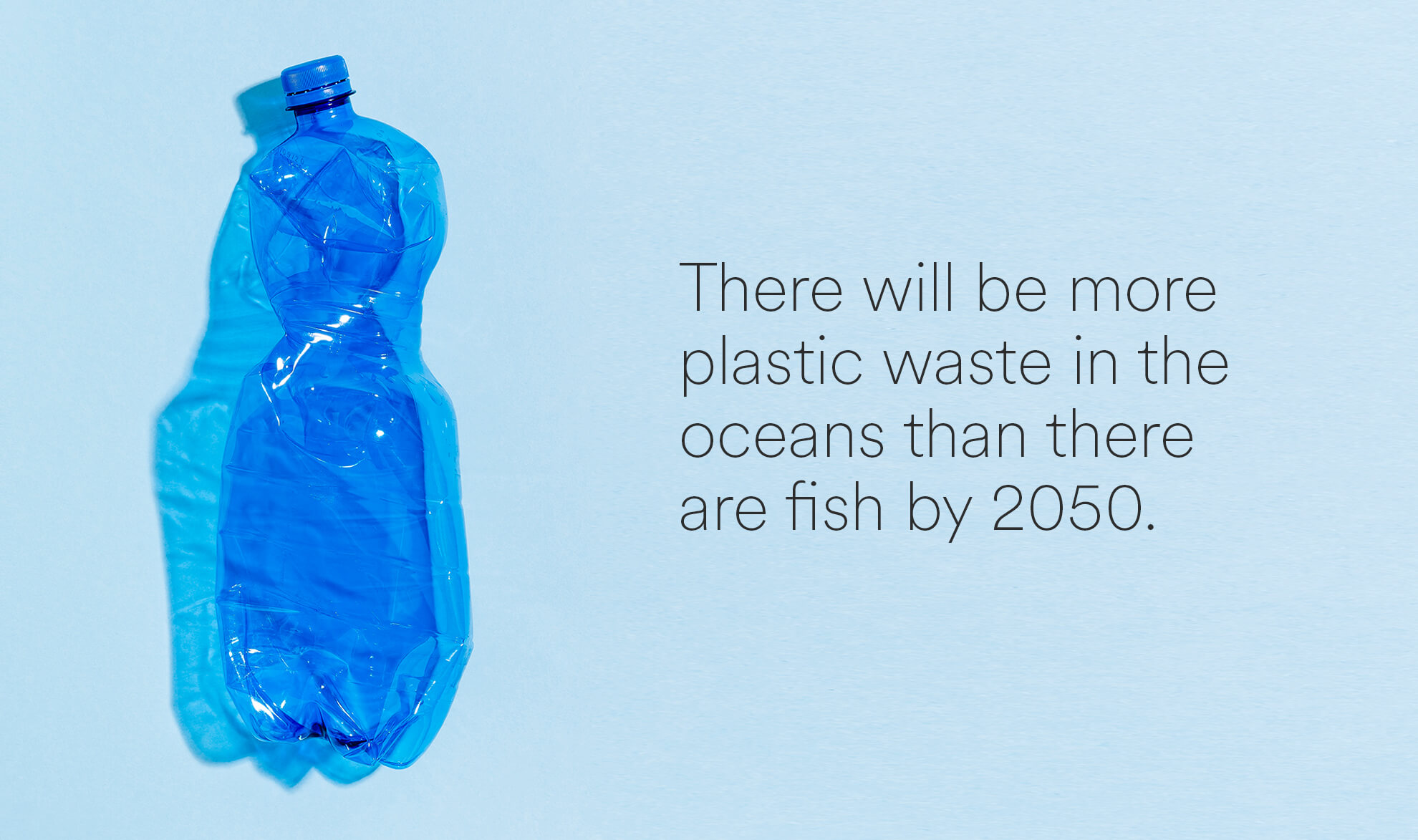



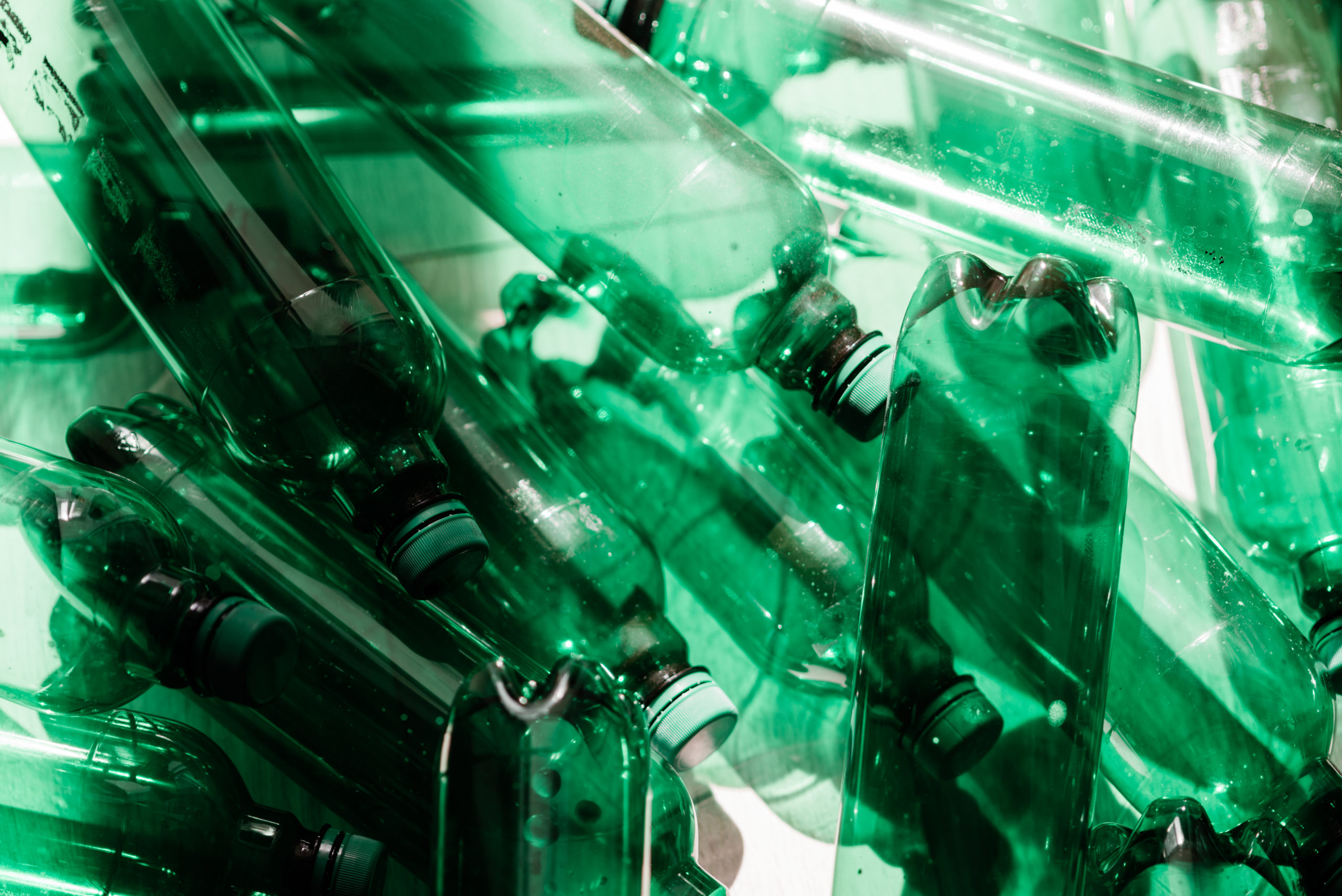

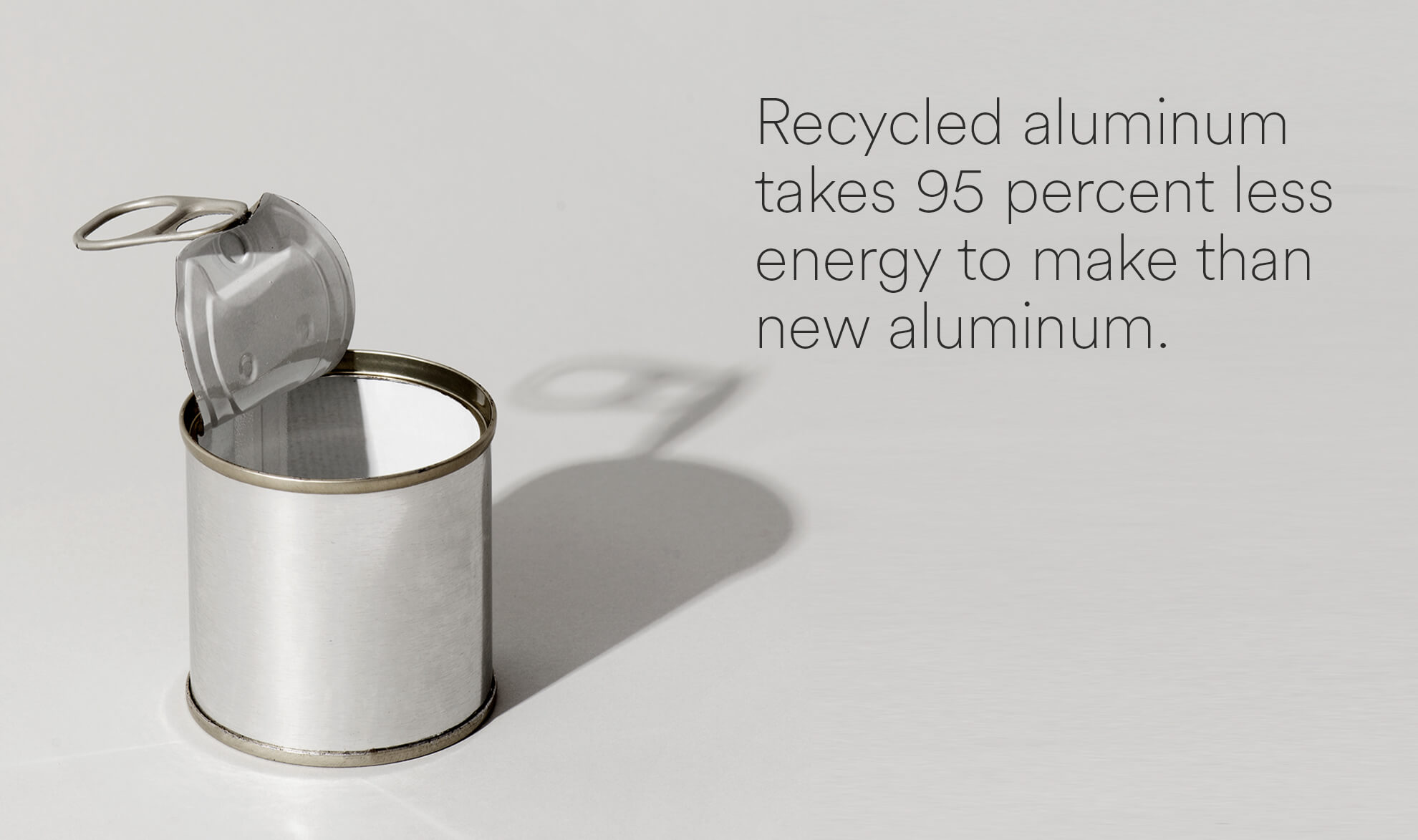
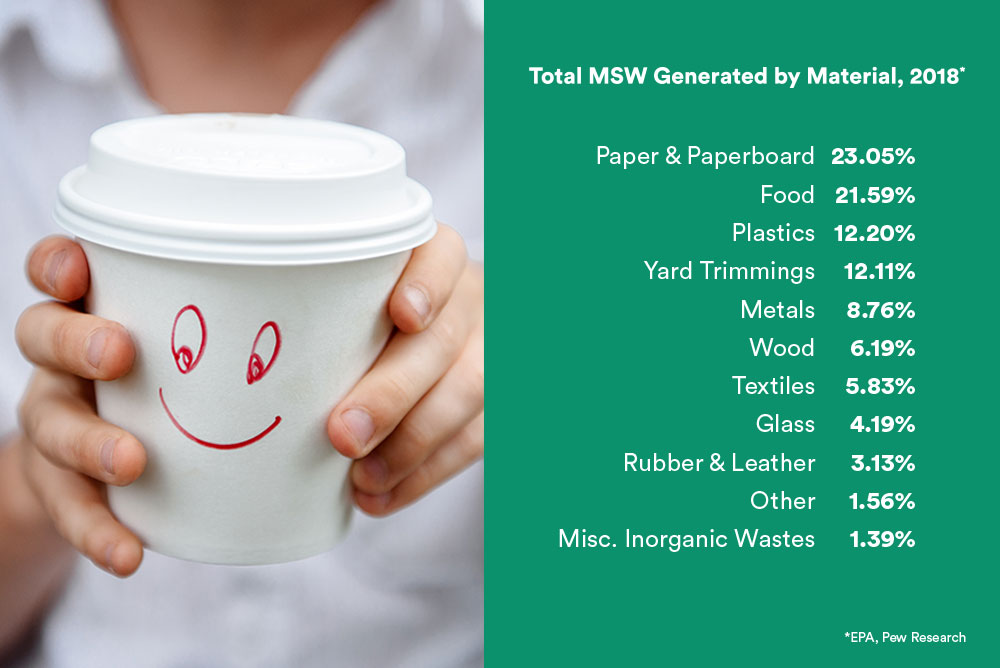



 1 Hotels is on a mission to eliminate waste and are taking steps towards their goal by using wood instead of plastic for room keys, using reclaimed materials within the hotel rooms, and inviting guests during holidays to leave gently used clothing behind to be donated to charity.
1 Hotels is on a mission to eliminate waste and are taking steps towards their goal by using wood instead of plastic for room keys, using reclaimed materials within the hotel rooms, and inviting guests during holidays to leave gently used clothing behind to be donated to charity.